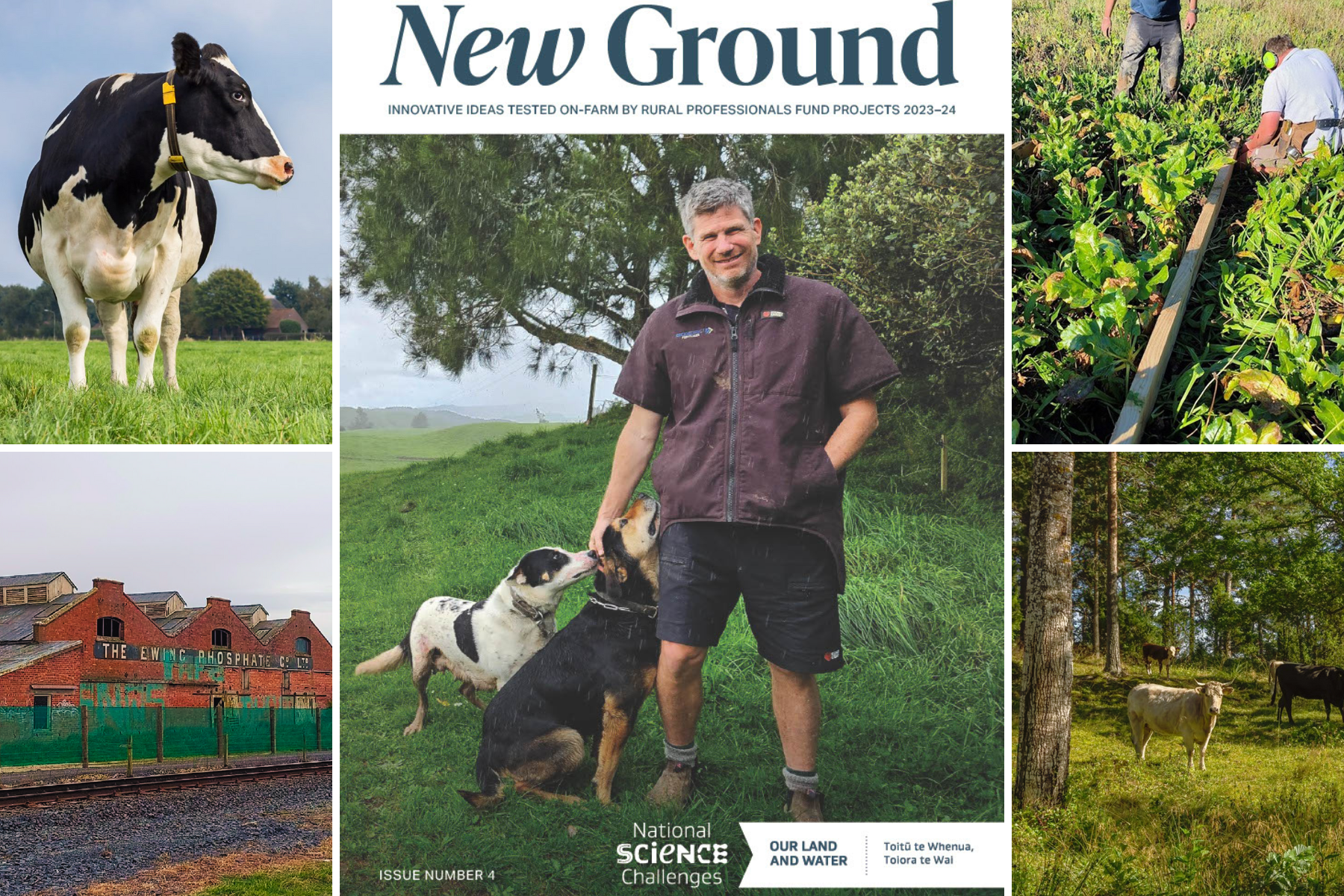Pasture For Humans
March 2023
Protein harvesting from pasture has the potential to provide Aotearoa farmers with alternate land-use choice. For the farmer, the inclusion of protein harvesting has the potential to reduce the stocking rate without losing economic viability. It can, in conjunction with other mitigating actions, significantly reduce the environmental footprint while still producing food.
Common findings across all three case study farms included:
- Farm systems and management adaptation of the protein harvesting initiative will be significant. For example, we have identified that to set aside 30% of the farm for protein harvest would result in a 25% to 40% reduction in stocking rates. As the area in protein harvest increases the number of cows farmed reduces.
- With fewer cows, the nitrogen and phosphate losses to water reduces.
- Greenhouse gases will reduce, but not all technologies that reduce nutrient loss are favourable to GHG emissions. In this case, compost barns and cow housing are at best neutral.
- As the protein harvest area increases milk revenue reduces in step with reducing livestock numbers. It is the view of BakerAg that the payment for the harvested protein would have to exceed the lost milk revenue to prove attractive to farmers.
- For our case study farms, a protein price in the order of $3 to $6 per kg of protein harvested would generate an EBIT position equivalent to the baseline (i.e., current farm operating status). This does assume the processor meets all the protein harvest costs.
- Protein harvesting for human consumption does provide favourable environmental outcomes. As such this is a form of mitigation that will be of increasing value to farmers required to reduce their environmental footprint.
- However, our study indicated that only where a range of mitigations are stacked can we consistently see our case study farms in a position to meet future regional council expectations for nutrient loss to water.
For mana whenua, this report flags the double-edged sword nature of de-stocking and diversifying land-use through protein harvesting. Improvement to the environment with reduced emissions and de-intensifying farms will be a strong positive. However, such changes come with the risk of reducing the number of people living off the land and contributing to the community.
 View Our Strategy Document 2019 – 2024
View Our Strategy Document 2019 – 2024



